Easy homemade garlic dill pickles provide a delightful crunch and burst of flavor that elevates any meal. Making these pickles at home allows for greater control over ingredients and flavors, ensuring a taste tailored to personal preferences. With a few simple ingredients and straightforward techniques, anyone can create a batch of pickles that are far superior to store-bought options.
The benefits of homemade pickling extend beyond taste; it also offers an opportunity to preserve seasonal vegetables and reduce waste. By using fresh ingredients, these pickles can be customized to suit individual tastes, whether you prefer them mild or with an extra kick of spice.
This simple recipe requires minimal equipment and can be accomplished in just a few hours, making it an accessible cooking project for beginners and experienced home cooks alike. The result is a delicious staple ready to enhance sandwiches, charcuterie boards, or as a standalone snack.
Key Takeaways
- Homemade pickles offer customizable flavors and freshness.
- Essential ingredients are easy to find and prepare.
- The pickling process is straightforward and quick.
Benefits of Homemade Pickling
Homemade pickling offers numerous advantages that appeal to both health-conscious individuals and culinary enthusiasts. From nutritional benefits to cost-effectiveness, the process of making garlic dill pickles at home can be rewarding.
Health Advantages
Making pickles at home allows for control over ingredients, benefiting health-conscious consumers. Store-bought pickles often contain preservatives and high sodium levels. When preparing homemade garlic dill pickles, one can adjust the saltiness and eliminate additives.
Using fresh, organic cucumbers and spices contributes to a higher quality product. Probiotic-rich fermentation not only enhances flavor but also supports gut health. These live cultures can improve digestion and boost the immune system.
Additionally, individuals can experiment with natural flavor enhancers like garlic and dill, which have antioxidant properties. This custom approach ensures that pickles are not just tasty but also nutritious.
Flavor Customization
Homemade pickling allows for unprecedented flavor experimentation. By controlling the ingredients, individuals can tailor their pickles to personal preferences.
Adding different spices, herbs, or even a hint of sweetness can create unique varieties. For instance, adjusting the amount of garlic can change the intensity of flavor.
Individuals can also explore various vinegar types, such as apple cider or rice vinegar, for distinct taste profiles. This versatility ensures that each batch meets specific preferences, making the pickling process an enjoyable culinary adventure.
Customizing flavors enhances the pickling experience and provides opportunities to innovate.
Economic Considerations
Homemade pickles can lead to significant savings compared to purchasing them from stores. Fresh cucumbers and basic spices often cost less when bought in bulk or during the growing season.
By investing in homemade garlic dill pickles, individuals can create larger quantities at a fraction of the retail price. This is especially advantageous for those who enjoy pickles regularly.
Additionally, making pickles can minimize food waste. Using surplus garden produce reduces loss and maximizes the use of seasonal ingredients. Investing time in homemade pickling results in both financial savings and reduced environmental impact.
Essential Ingredients
The key to making delicious homemade garlic dill pickles lies in selecting the right ingredients. Each component contributes distinct flavors and preservation qualities that enhance the final product.
Choosing the Right Cucumbers
For pickling, cucumbers should be firm and fresh. Ideal varieties include pickling cucumbers, often shorter and with bumpy skin. They have a crisp texture, which remains crunchy even after processing.
Avoid cucumbers with soft spots or blemishes. The size of the cucumbers can also impact the pickling process; smaller cucumbers are often favored, as they absorb flavors better.
When preparing, wash the cucumbers thoroughly. Cutting them into spears or slices can facilitate a quicker pickling process. Ultimately, selecting quality cucumbers is crucial for the texture and taste of the pickles.
Types of Vinegar and Their Impacts
Vinegar is a critical ingredient in pickling, contributing both flavor and acidity. Common choices include white vinegar, apple cider vinegar, and rice vinegar. Each type offers a different acidity level and flavor profile.
- White Vinegar: Provides a sharp and clean taste, commonly used for traditional dill pickles.
- Apple Cider Vinegar: Adds a fruity note, enhancing the overall flavor complexity, and is often preferred for a milder pickle.
- Rice Vinegar: Known for its sweetness, useful for creating a sweeter or more balanced pickle.
Choosing the right vinegar impacts not only flavor but also preservation. Higher acidity levels help inhibit bacterial growth, ensuring pickles remain safe for consumption.
Salt and Its Role in Pickling
Salt serves multiple functions in the pickling process. Primarily, it acts as a preservative by drawing out moisture from cucumbers, which helps maintain crunchiness.
Using pickling salt is recommended; it dissolves easily and contains no additives that could cloud the brine. Table salt can introduce anti-caking agents, affecting the final product’s clarity.
A general rule is to use about 1 tablespoon of salt per cup of vinegar solution. This ratio can be adjusted depending on personal taste preferences. Proper salt balance also ensures the pickles are flavorful without being overly salty.
The Importance of Dill and Garlic
Dill and garlic elevate the flavor profile of pickles. Fresh dill is preferred for its aromatic qualities, providing a distinctive herbal note. It can be used whole or chopped, depending on the preferred intensity of flavor.
Garlic adds depth and a hint of spice. Whole cloves impart a milder flavor, while minced garlic delivers a more pronounced taste.
Both ingredients can be adjusted according to individual preferences. Experimenting with the quantities allows for customization, ensuring each batch reflects one’s taste. Together, dill and garlic create a balanced and flavorful pickle experience.
Required Equipment
Having the right equipment is essential for making garlic dill pickles at home. Proper tools improve the efficiency of the process and ensure safe preservation.
Jars and Lids
Choose glass jars that are specifically designed for canning. Ideal sizes include quart and pint jars, allowing flexibility based on the amount of pickles being made. Ensuring the jars are free from cracks and chips is crucial to maintaining a proper seal.
Lids should be new and made for canning to prevent leaks. A sealable lid is vital for long-term storage, as it helps create a vacuum seal during the canning process. Using lids designed for preserving, like those from reputable brands, guarantees reliability.
It’s important to sanitize jars and lids before use. This can be achieved by boiling them or running them through a dishwasher on a hot cycle. Proper sanitation prevents contamination and extends the shelf life of the pickles.
Utensils and Measuring Tools
Key utensils for pickle making include a large pot, cutting board, and knife for preparing ingredients. A slotted spoon is beneficial for transferring pickles from the jars once they are done.
In addition, a ladle is necessary for pouring the brine into the jars without spilling. Measuring cups and spoons are also essential for accurately quantifying ingredients, such as salt and vinegar.
Using a funnel can simplify the process of filling jars and minimize mess. A magnetic lid lifter is helpful for retrieving hot lids from boiling water without direct contact. Ensuring all tools are clean and ready for use will streamline the pickling process.
Preparation Techniques
Effective preparation is crucial for making easy homemade garlic dill pickles. Key steps include proper cleaning and cutting of cucumbers, as well as ensuring the jars are sterilized.
Cucumber Cleaning and Cutting
To start, cucumbers should be thoroughly cleaned under cold running water to remove any dirt or residues. A vegetable brush can be useful for scrubbing the skin gently.
After cleaning, the cucumbers need to be cut. Common options include slicing them into spears or rounds. Spears generally fit better into jars, while rounds offer a classic pickle shape.
For even brining, ensure the pieces are uniform in size, ideally about 1/4 to 1/2 inch thick. This consistency allows for even absorption of flavors and better texture in the final product.
Sterilizing Jars
Sterilizing jars is essential for safe canning. Begin by washing jars and lids in hot, soapy water. After rinsing, place the jars in a large pot of boiling water for 10 minutes.
Alternatively, the jars can be heated in an oven at 225°F (105°C) for about 15 minutes. This method helps eliminate any bacteria or residue that could spoil the pickles.
Once the jars are sterilized, let them cool slightly before adding cucumbers and brine. Cool jars ensure that thermal shock does not cause breakage. Always check for any chips or cracks in the jars before use to ensure proper sealing.
The Pickling Process
The pickling process involves creating a flavorful brine, layering fresh ingredients in jars, and properly sealing and storing them for optimal flavor development. Following these steps carefully ensures crunchy, delicious garlic dill pickles.
Creating the Brine Solution
To start, prepare the brine by combining water, white vinegar, and salt in a pot. A common ratio is 1 cup of vinegar to 1 cup of water, along with 1-2 tablespoons of salt. Heat the mixture on medium until the salt dissolves completely.
For added flavor, consider including spices such as mustard seeds, coriander seeds, and peppercorns. Fresh dill and minced garlic can also enhance the taste. Once the brine is prepared, allow it to cool slightly before proceeding. This brine will infuse the pickles with the desired tang and depth of flavor.
Layering Ingredients in Jars
Choose fresh cucumbers and any additional vegetables, like carrots or onions, that will accompany them. Wash all ingredients thoroughly. Cut the cucumbers into spears or slices, ensuring uniformity for even pickling.
Begin layering the ingredients in sterilized jars. Place a few sprigs of fresh dill and garlic cloves at the bottom, then add a layer of cucumbers. Continue layering until the jars are filled, leaving some headspace at the top. Pour the cooled brine into each jar, completely submerging the vegetables. Seal the jars tightly with lids.
Sealing and Storing the Jars
Once the jars are filled and sealed, it’s important to store them properly. Keep them in a cool, dark place for at least 24 to 48 hours to allow the flavors to develop. After this period, they can be transferred to the refrigerator for longer-term storage.
If using a water bath canning process for shelf-stability, process the jars according to safe canning guidelines. Ensure that each jar is sealed properly, checking that the lids do not flex up and down, indicating a secure seal. These pickles can last for several months when stored correctly, allowing future snacking opportunities.
Timing and Fermentation
Fermentation is a critical step in making garlic dill pickles. Timing plays a significant role in developing the flavor and texture. The following details outline the fermentation duration and how to monitor the pickling process effectively.
Fermentation Duration
The fermentation duration for garlic dill pickles typically ranges from 3 to 14 days, depending on the desired flavor intensity. Shorter fermentation times yield a milder taste, while longer durations produce a tangier flavor.
Environmental conditions also affect fermentation. A warmer temperature accelerates the process, while cooler temperatures prolong it. It is essential to store pickles at room temperature in a dark and cool place. After fermentation, transition the jars to the refrigerator to slow down the fermentation process and preserve the desired flavor.
Monitoring the Pickling Progress
Monitoring the progress during fermentation is vital to achieving the desired taste. It involves tasting the pickles every few days to gauge flavor development. Using a clean utensil for taste testing helps maintain hygiene.
Additionally, bubbles forming within the jar indicate active fermentation. If a white film appears on the surface, it may be harmless yeast. If the film smells bad or shows signs of mold, it’s best to discard the batch. Keeping detailed notes on fermentation duration and taste testing will help refine future pickling efforts.
Serving Suggestions
Garlic dill pickles can elevate a variety of meals and enhance other recipes with their vibrant flavor. They serve as a versatile condiment and ingredient, bringing a refreshing crunch to any dish.
Pairing with Meals
Garlic dill pickles complement a wide range of dishes. They pair excellently with sandwiches, particularly classic deli options like pastrami or turkey. The acidity cuts through rich meats, adding balance.
For salads, consider slicing pickles to provide a tangy crunch. They work well in potato or pasta salads, enhancing texture and flavor. Barbecue enthusiasts often include them as a side, where their crispness contrasts smoky meats.
They also shine alongside charcuterie boards. Mixing pickles with cheeses, cured meats, and crackers creates an appealing and flavorful appetizer. Plant-based eaters can enjoy them with veggie burgers or wraps, adding a burst of flavor without extra calories.
Creative Uses in Recipes
Garlic dill pickles offer versatility beyond traditional serving methods. They can be chopped and added to tartar sauce, providing zesty flavor that enhances seafood dishes.
In dressings, finely diced pickles can elevate coleslaw or potato salad. Their acidity adds tang, brightening creamy mixtures.
Pickle juice can be incorporated into marinades for meats or vegetables. It tenderizes and infuses them with flavor. For an unexpected twist, adding pickles to grilled cheese sandwiches offers delightful crunch and taste.
Finally, pickle slices can add interest to tacos or nachos. These unexpected toppings create a fresh twist on classic comfort foods.
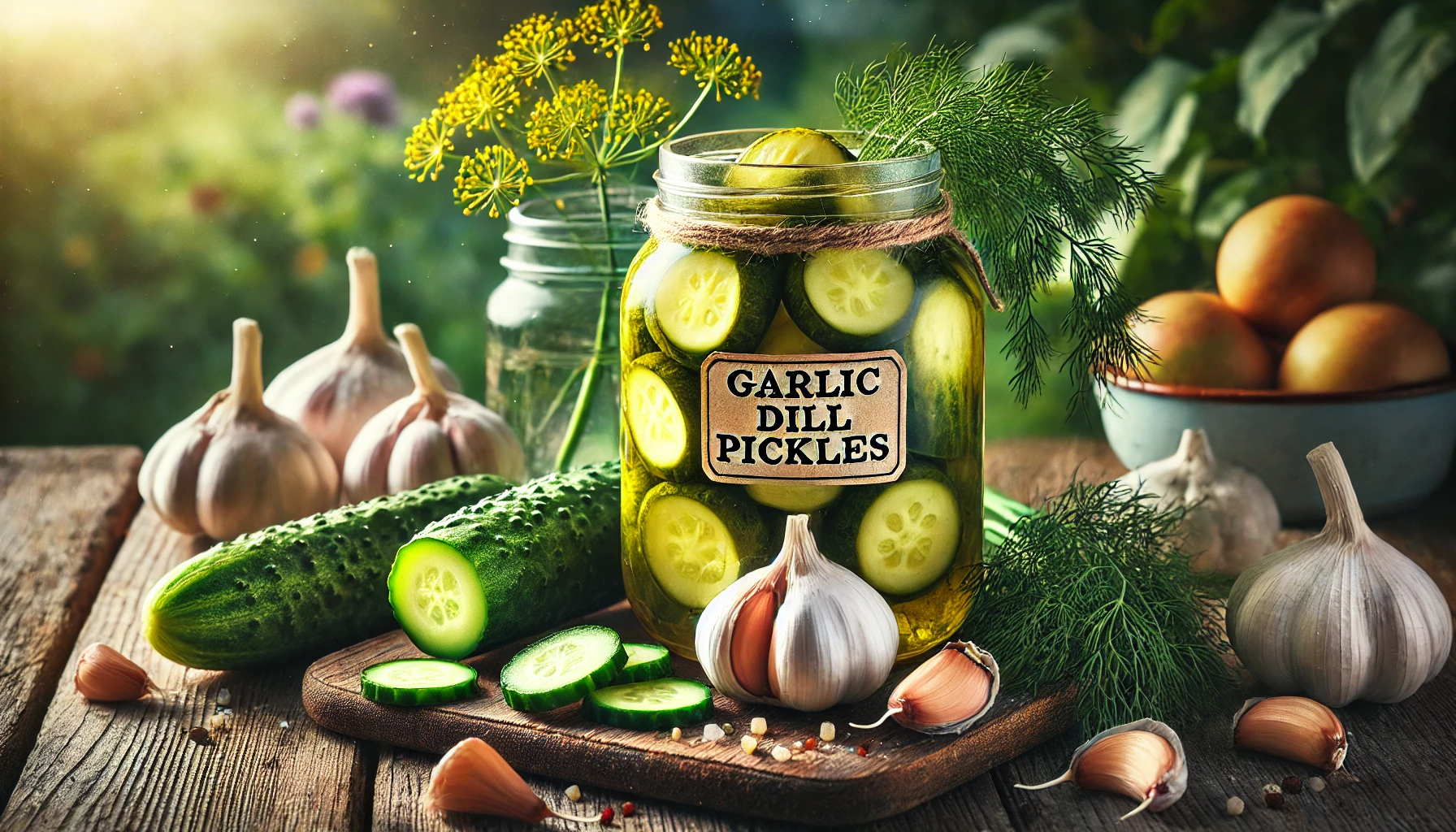
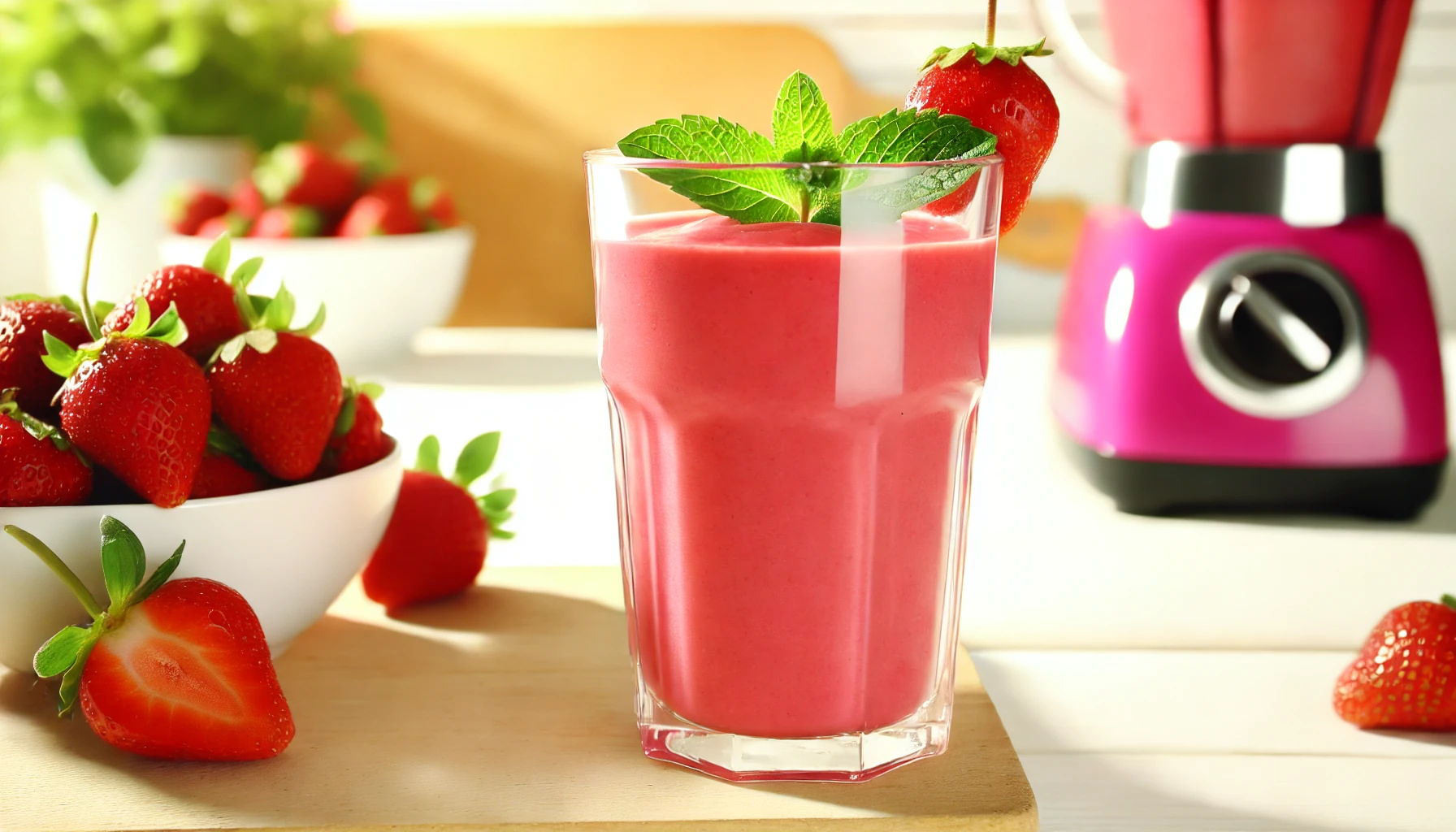
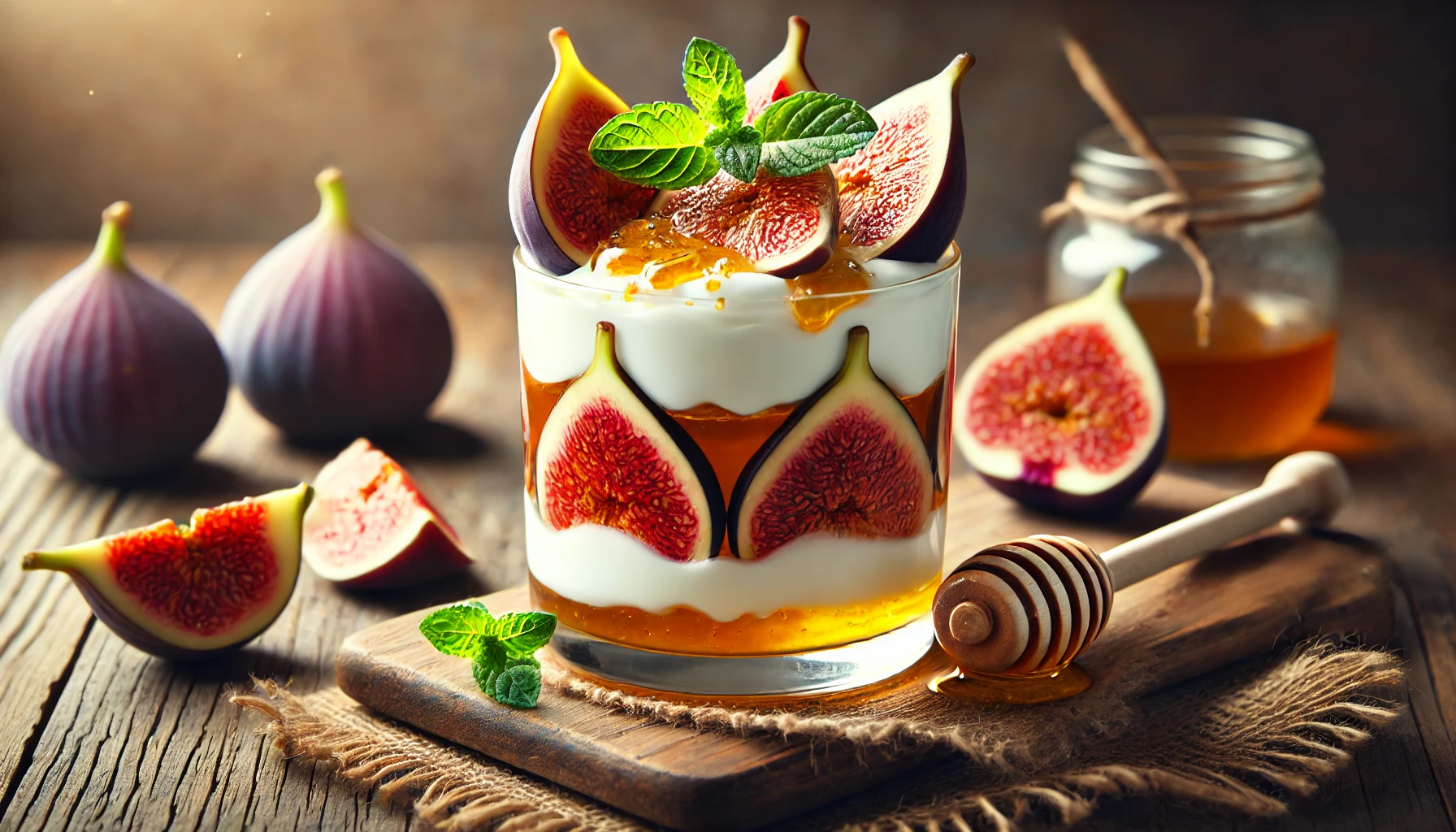

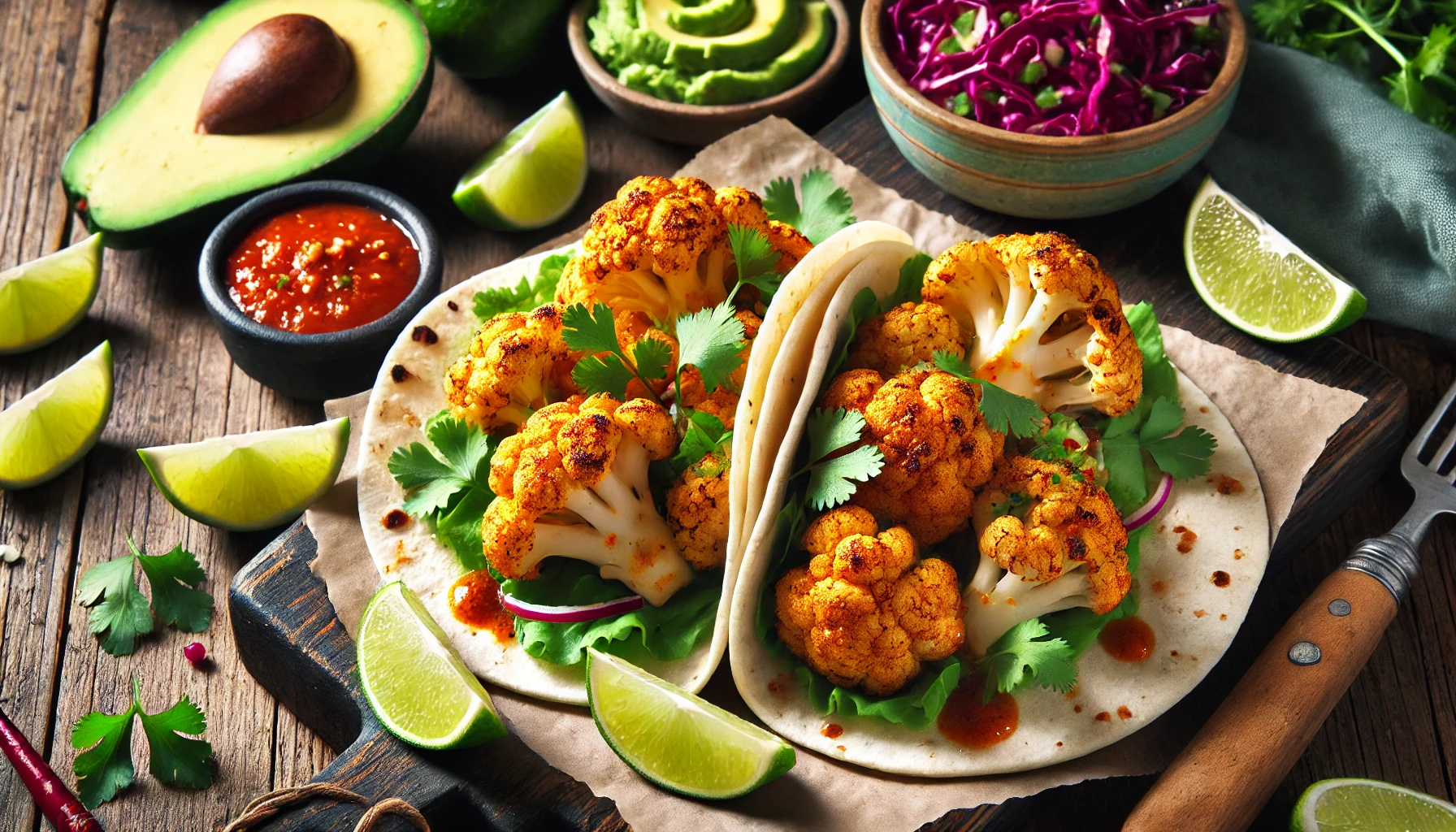
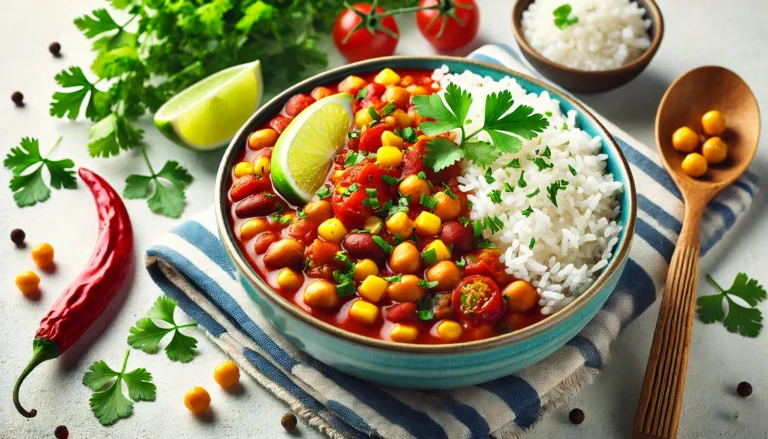
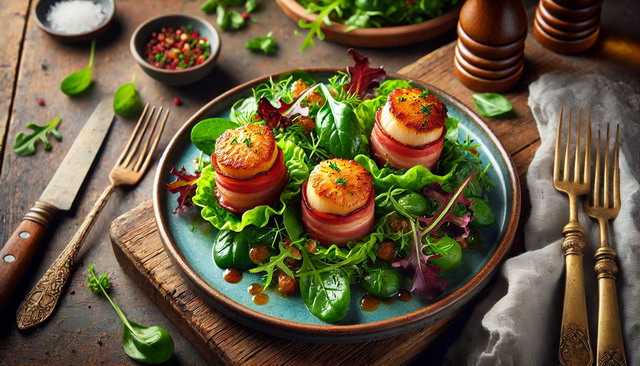
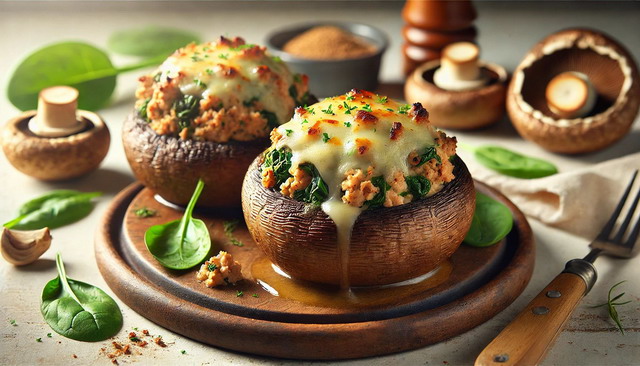
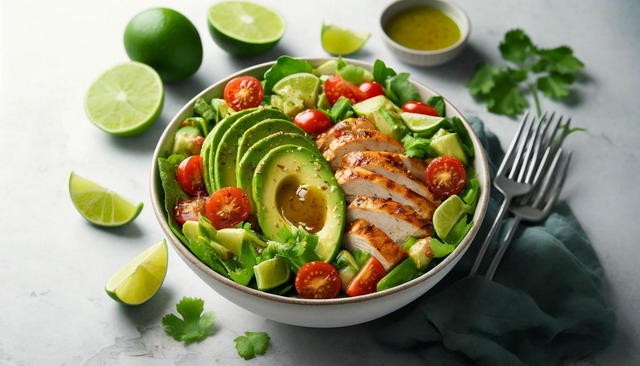
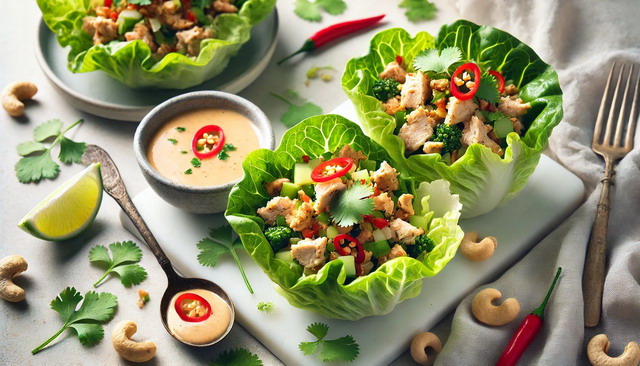
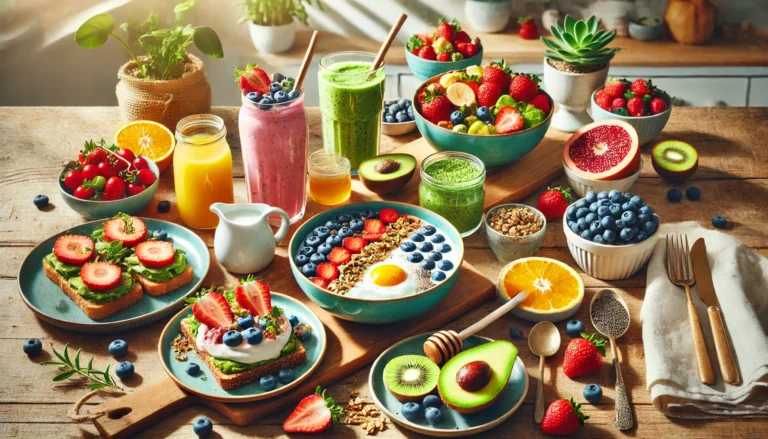
This is my go-to pickling recipe!